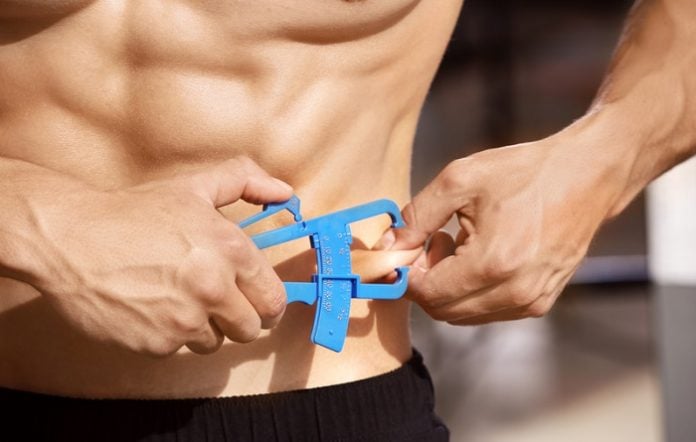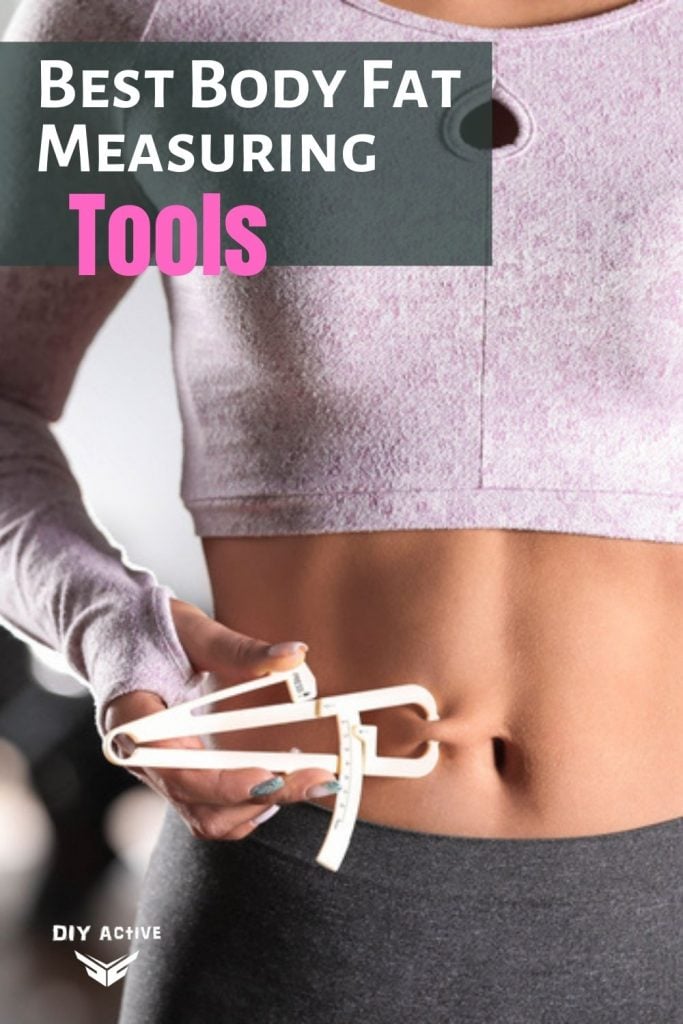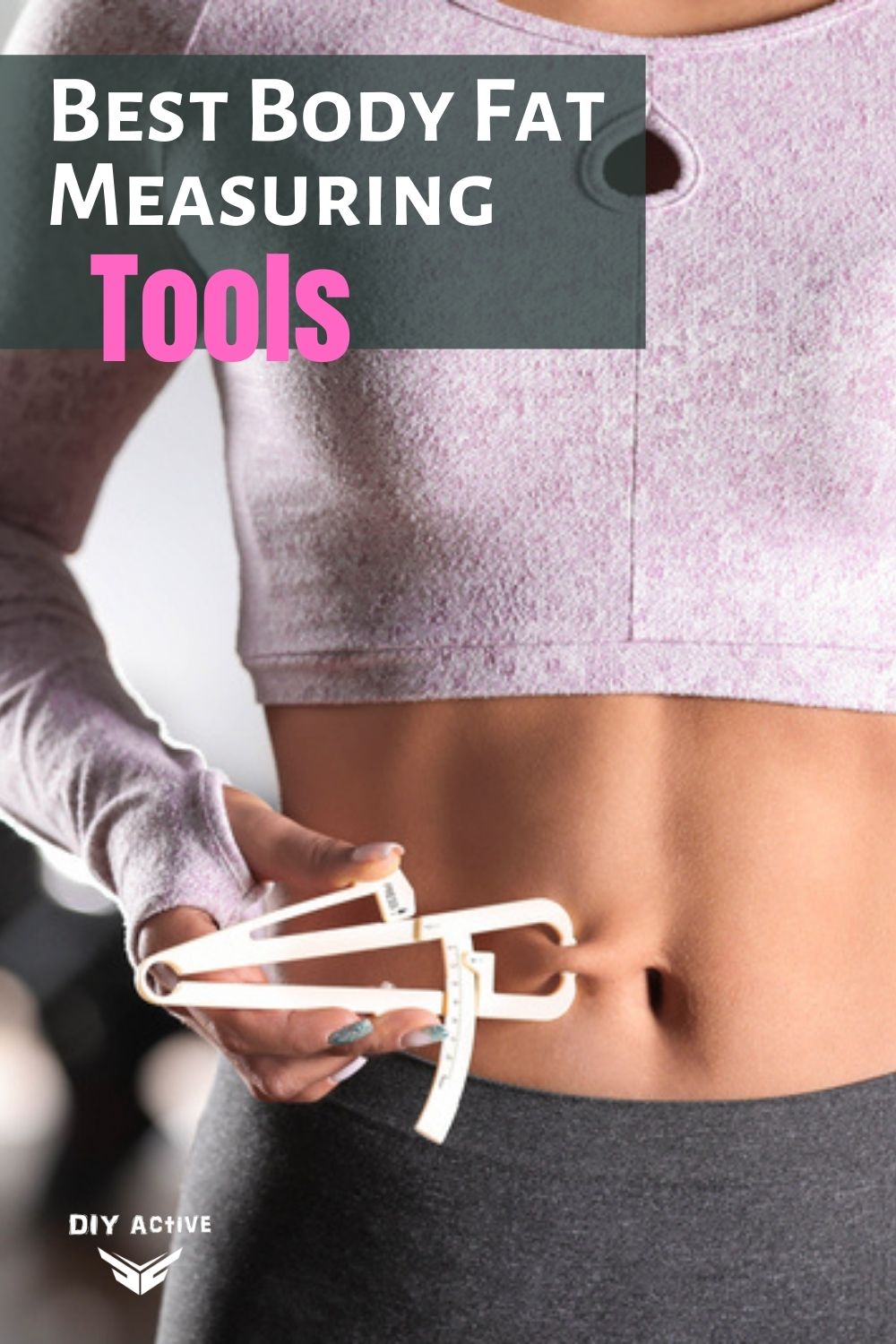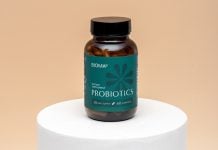
This post may contain affiliate content from which we earn a small commission at no additional cost to you. Read our full disclosure.
Best Body Composition Tools
I wanted to take some time to explain how to effectively measure your body fat/muscle mass. Please note, that due to the pandemic not all of the below options may be open in your area. I simply want to give as comprehensive a list as possible.
Get your baseline with the best body composition tools
Before I talk about the different body composition tools to measure the body, I want to go over healthy body fat percentage stats.
Please note, these stats may need to be adjusted for the individual since they are general stats, and do not take an actual person into account (as well as other factors such as age, body type, etc).
In other words, they can be used as a guideline.
For a healthy male:
- Average male: 15-19%
- Athletic male: 10-15%
- Bodybuilder/Pro Athlete male: 7-10%
Again, these numbers can vary based on so many factors.
For a healthy female:
- Average female: 20-22%
- Athletic female: 18-20%
- Bodybuilder/Pro Athlete female: 15-18%
Please note, that males and females can physically get below the above numbers, but there can be long-term consequences for doing so. Women can completely lose their monthly cycles, and both genders can experience serious complications such as organ failure and reduced brain functioning if the individual stays too lean for too long.
What’s The Deal With BMI?
I personally have a huge issue with BMI because it only measures height, weight, age, and gender. It does not take into account muscle mass or bone density. It’s a fact that muscle weighs more than fat.
 With this being said, a very in-shape person could be wrongly called obese by the BMI scale due to having a lot of muscle mass.
With this being said, a very in-shape person could be wrongly called obese by the BMI scale due to having a lot of muscle mass.
For example, I’m not even 5 foot three. I’m a size four. I have about 25 pounds of muscle on me. I’m eighteen percent body fat. I weigh 130 (due to my muscle mass).
The BMI would call me overweight, but this is clearly not the case. So, just be aware.
Now let’s dive into the best body composition tools.
Calipers
This is the cheapest option. Calipers are usually plastic or metal. They measure your body’s fat percentage by taking skinfold measurements.
The usual areas to measure are stomach, suprailiac (about an inch above the hip bone), bicep, tricep, thigh, and back.
Measurements can be taken by the individual or someone else. I highly recommend having a fitness professional take these measurements for the most accurate calculation.
Typically, there is a 3.5-5% margin of error.
In other words, your body fat percentage may be as much as five percent lower or higher than the caliper test shows.
Most caliper kits will come with a how-to guide that takes you to step by step through how to calculate your body fat percentage.
The Hydrostatic Body Fat Test (“Dunk Tank”)
This was the gold standard of measuring body fat percentage for a long time. A lot of bodybuilders and athletes have and do use this method.
Basically, it involves an individual lying prone in a tank of water. The individual is hooked up to a scale in the water.
At some point, they are asked to go underwater and blow out all the oxygen they can. This is usually repeated three times.
Then, the dunk tank attendant calculates your body fat percentage by using how much you weighed underwater once all oxygen was blown out of the body.
This test is pretty accurate. It was only off for me by maybe .5%. However, there usually is a little prep involved (fasting).
This is a good option if you don’t mind holding your breath underwater. Furthermore, this type of test is usually decently priced. When I went it was about 60 dollars.
Omron HBF-306C Fat Loss BMI Monitor Tracker
This is a great tool! I got mine for 315 dollars from Amazon. To me, this is way easier than the dunk tank.
You simply input your stats in the machine, press start, and this little gadget measures your body fat percentage (this is done by measuring electrical impulses in the body).
I know electrical impulses sound scary, but to my knowledge, this product is completely safe. It does not put any electricity into the body. It simply measures what is already there. However, please always seek advice from medical professionals if you have any comments or questions.
Lastly, this product has about a 3% percent margin of error.
DXA Scan
This is a pretty cool option too. The scan takes about seven minutes and provides a detailed report of muscle mass, body fat percentage, bone density, and even unhealthy fat around organs.
Again, to my knowledge, this is a safe method, but please talk to your medical professionals if you have any questions or concerns.
Bodyspec is the company I use for this type of scan, but I’m sure there are more out there.
One of the cool things about body spec is that they keep your scan on file, and plot your progress if you keep coming back to them. They also meet with you after the scan to discuss your results and give any advice they have.
Pretty personal and easy experience. However, they scan at about 7% percent more than the average scale.
For instance, when I was 10% body fat (due to training for bodybuilding comps), the scan said I was 17% body fat.
This has happened to other colleagues and clients of mine as well. Just wanted to let everyone know to help manage any and all surprises.
Wrap-Up
Thank you for taking the time to read my work. I hope you have found this article helpful and beneficial. If you have any questions or comments, please do not hesitate to reach out.
I’m currently offering virtual and in-person training as well! As always, thanks for reading, and stay tuned!
Images via Dreamstime.com.
- Split Workout Routines: What Are They and Why Do Them? - January 14, 2024
- Practical Tips for Sticking To Your New Year’s Fitness Goals - January 10, 2023
- At Home Ab Workout: Why Work Out the Core? - March 3, 2022
Disclosure: In the spirit of full disclosure, DIYactive.com may be compensated in exchange for featured placement of certain reviews or links on this website. View our full disclosure.



